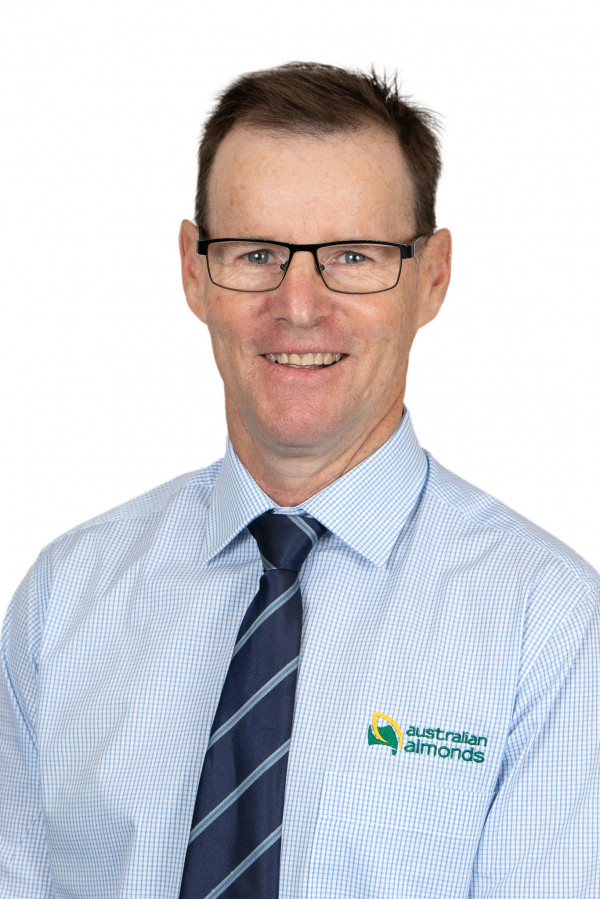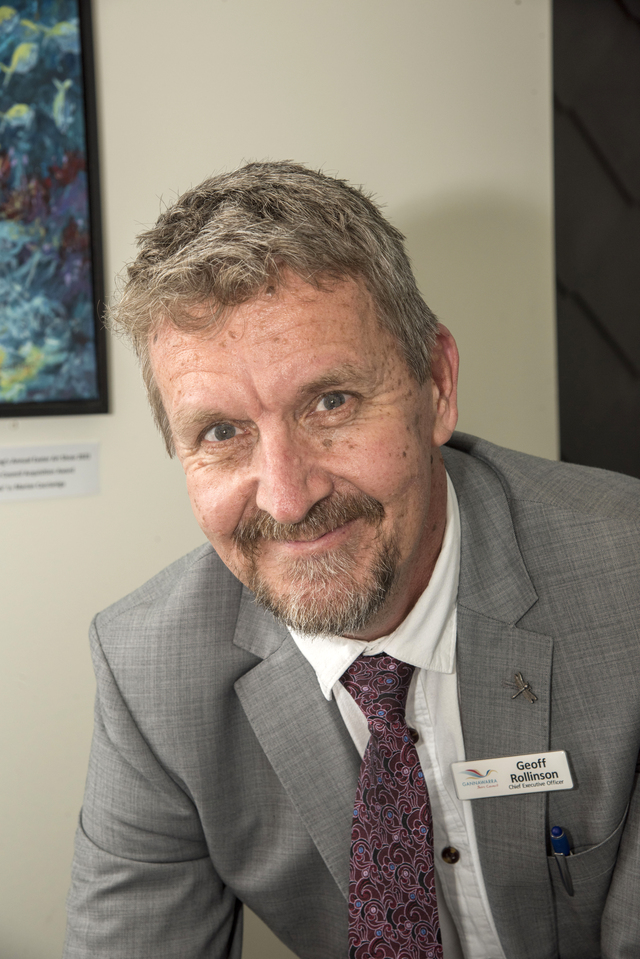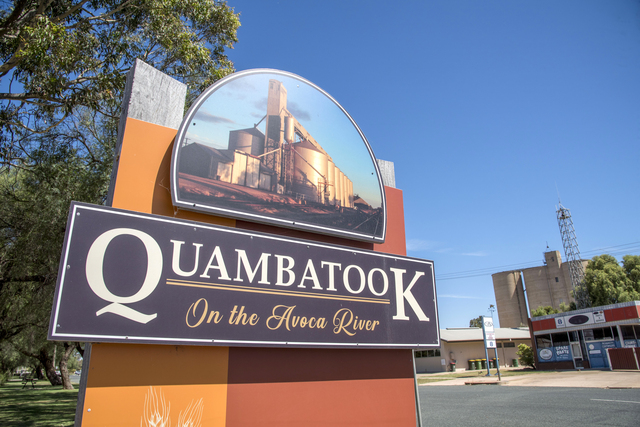WINTER is not being wasted in the Sunraysia almond industry, with an emphasis on education through a series of workshops across the region.
Almond Board of Australia chief executive Tim Jackson said the ABA industry development team had been going flat out criss-crossing key almond growing areas.
Mr Jackson said it had been pleasing to see people with 20 years of experience in the industry, as well as newcomers, benefitting from these sessions.
He said a lot of skills were needed to grow quality almonds, “and inputs are expensive, so you want to get the biggest bang for your bucks”.
“The nutrition workshops covered a range of topics including almond tree requirements, nutrient balances, fertiliser formulations and types, the supply chain, safety and the environment,” Mr Jackson said.
“Already this month almond growers, irrigation staff, managers and owner-operators have assessed soil pits and drip irrigation systems.
“Presenters have also been willing to work with individuals looking at their irrigation designs and soil moisture monitoring data.”
Irrigation system drainage is proving to be one of the most challenging aspects of achieving efficient irrigation, so the ABA has organised a significant workshop in Irymple on Wednesday.
The four-hour session will cover measuring system drainage volumes and the extent of the problem, non-drain dripline products, dripline non-leak products, submain design, flushing arrangements, valve locations, management, and grower case studies.
More than 160 people tuned into a webinar last week about how the Australian almond industry has been attempting to combat carpophilus beetle.
The tiny pest which likes to munch on almond kernels has been present in Australian almond orchards since 2011 and this year it was found in California.
“The Australian Almond Conference in Adelaide in early October will provide even more learning and networking opportunities for our industry,” Mr Jackson said.
“There’s no glossing over the fact many growers and suppliers have experienced tough times since our last conference in 2022 and this year’s program will tackle issues such as pollination, water efficiency, disease and pest management, new varieties, and autonomous machinery,” he said.
“International guests are one of the drawcards, with Roger Duncan from University of California (UC) speaking on almond rootstocks and varieties; UC plant pathologist Jim Adaskaveg discussing optimising inputs, with a particular focus on pests and diseases; and Xavier Miarnau from the Institute of Agrifood, Research and Technology shining a light on almond growing in Spain.”
Details are available at www.almondboard.org.au/events







